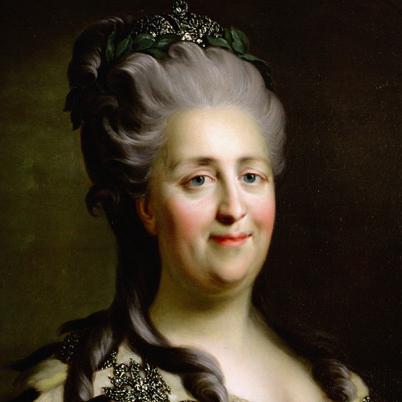Granted charter of the nobility: history and content
The gratuitous letter to the nobility begins a new stage in the history of this class. After the adoption of the document, the nobles became a legally privileged layer and received ample opportunities and rights.

Granted certificate of nobility was adoptedgreat transformer Catherine 2. No one suspected that a woman who did not have any rights to the Russian crown, could become the second after Peter the Great Empress. Her politics went down in history as "enlightened absolutism." And indeed it is. With her letter she made the nobility the most notable estate.

Granted certificate of nobility of 1785freed the nobles from compulsory service. But it is worth noting that the beginning of this legal design of the rights of this estate was laid by Peter 3 in his Manifesto on Liberty of the Nobility. This document gave the nobles the right to continue the service of their own volition, and they were also allowed to enter service in other states, but on the condition that at the first demand of the Russian Empire they would return to the location of the Russian army.
The grudged letter to the nobility also decided,that children under the age of 18 should be given only information about the place of education. The content of this Manifesto aroused doubts in Catherine, and she convened a special commission to amend the document. After that, on the basis of the already existing provisions, the Granted Certificate was issued. It had its own structure and was divided into 4 parts:
- personal advantages;
- meetings and reform of the noble society;
- instructions to compiling genealogical books;
- proof of origin.

A new document freed the nobles from punishmentcorporal type, allowed a man in the case of marriage to a non-noble woman to give her his status, and a woman in the event of marriage to a non-noble, this right was not granted.
Also this document Catherine II fixedthe following provision: to judge a nobleman could only an equal court and no one else. Nobles got the right to gather their societies and assemblies - it speaks about their self-government. It is worth noting that the charter leveled all sorts: from noble to ordinary. Thus, all noble families had the same rights and opportunities. A distinctive feature of that time was the creation of genealogical books, by the availability of which they were judged on the nobility of the family.
Granted letters to the nobility and the cities of steela symbol of enlightened absolutism in the time of Catherine 2. On the day of her birth, they became as symbolic as the figure of the Great Empress. Of great importance was the adoption of these documents for the final social stratification of Russian society.
The gratuitous letter to the nobility was adopted inend of the 18th century. It enshrined the privileges of the nobility, determined the conditions of their life and the great possibilities with regard to the disposal of the peasants. The document was an excellent opportunity to develop the managerial and entrepreneurial qualities of the estate, as well as to form a confident gentry self-government.
</ p>




